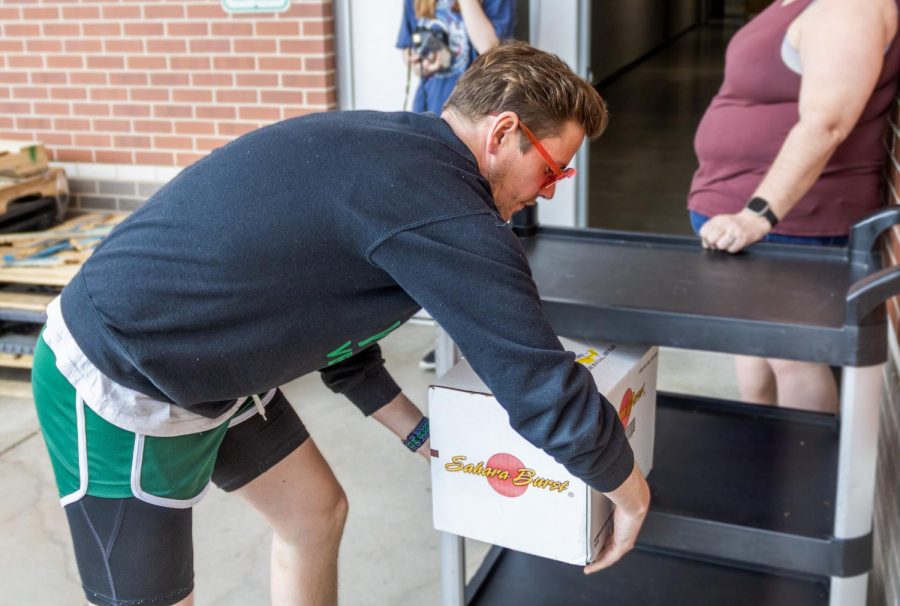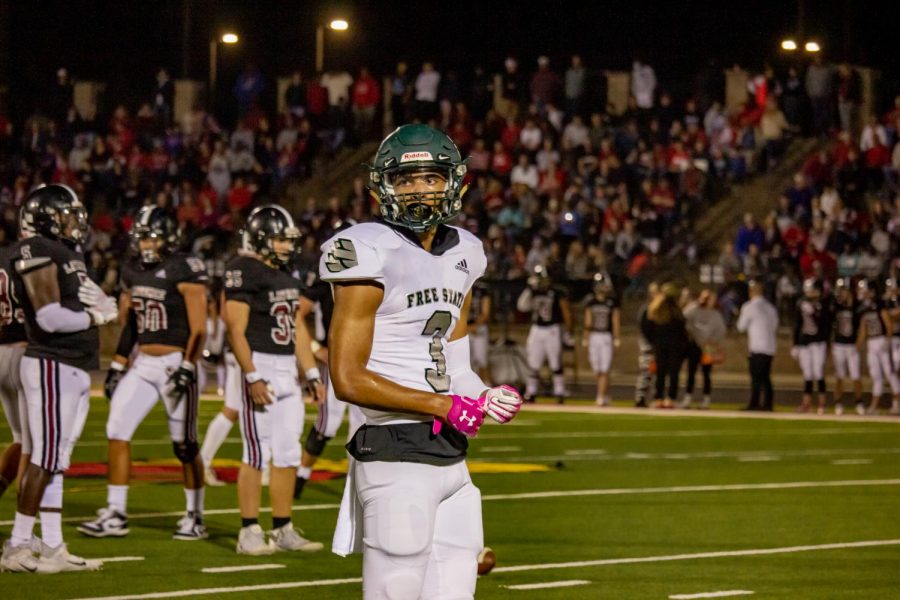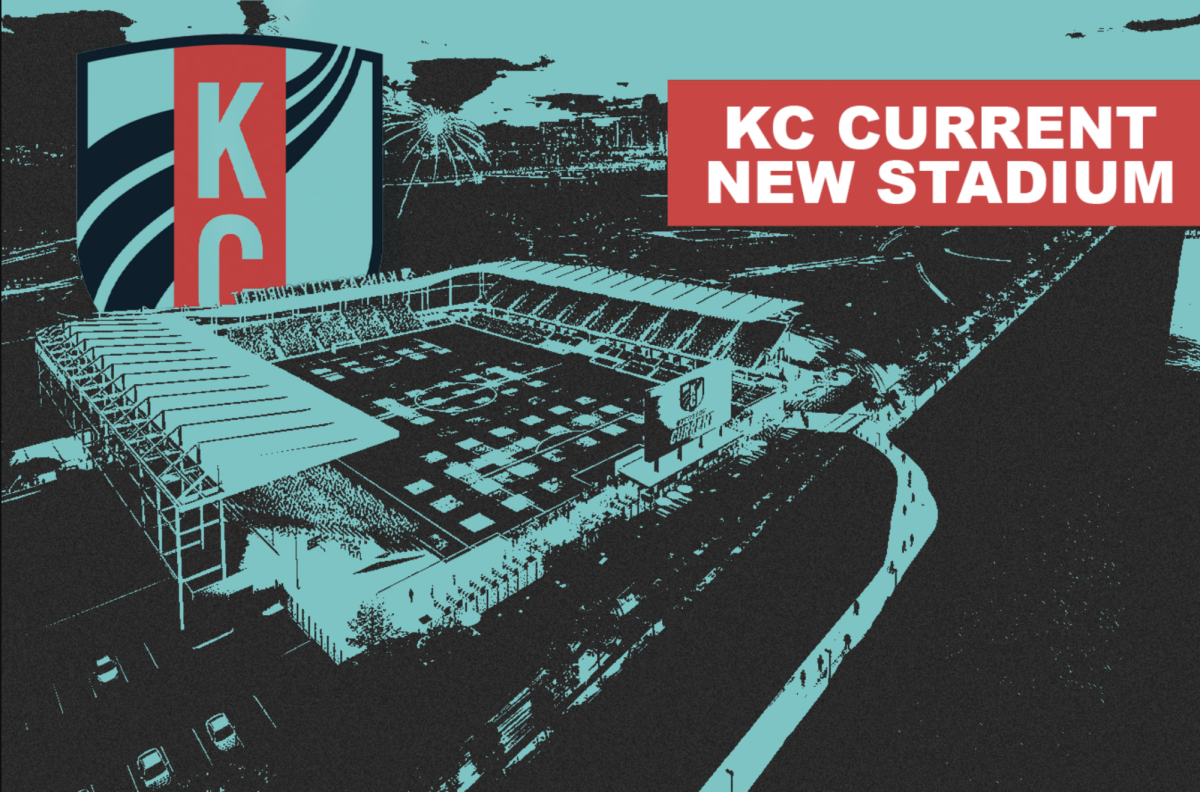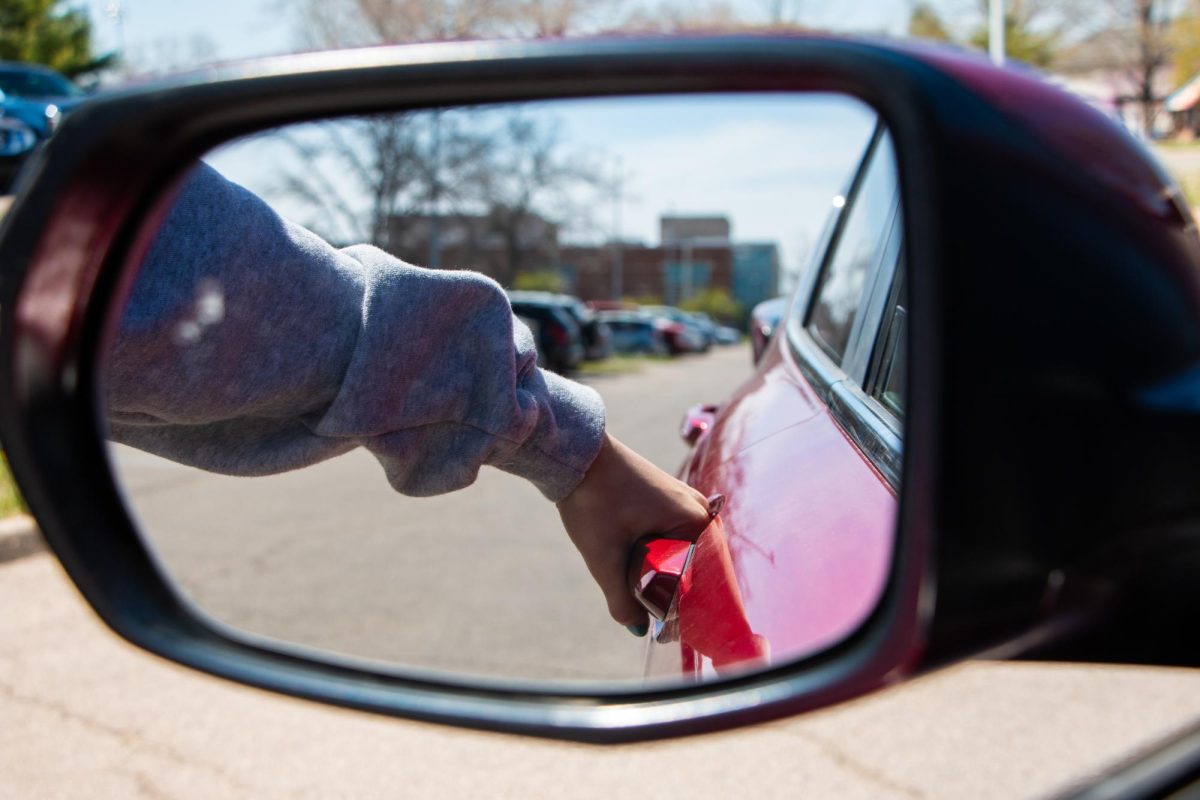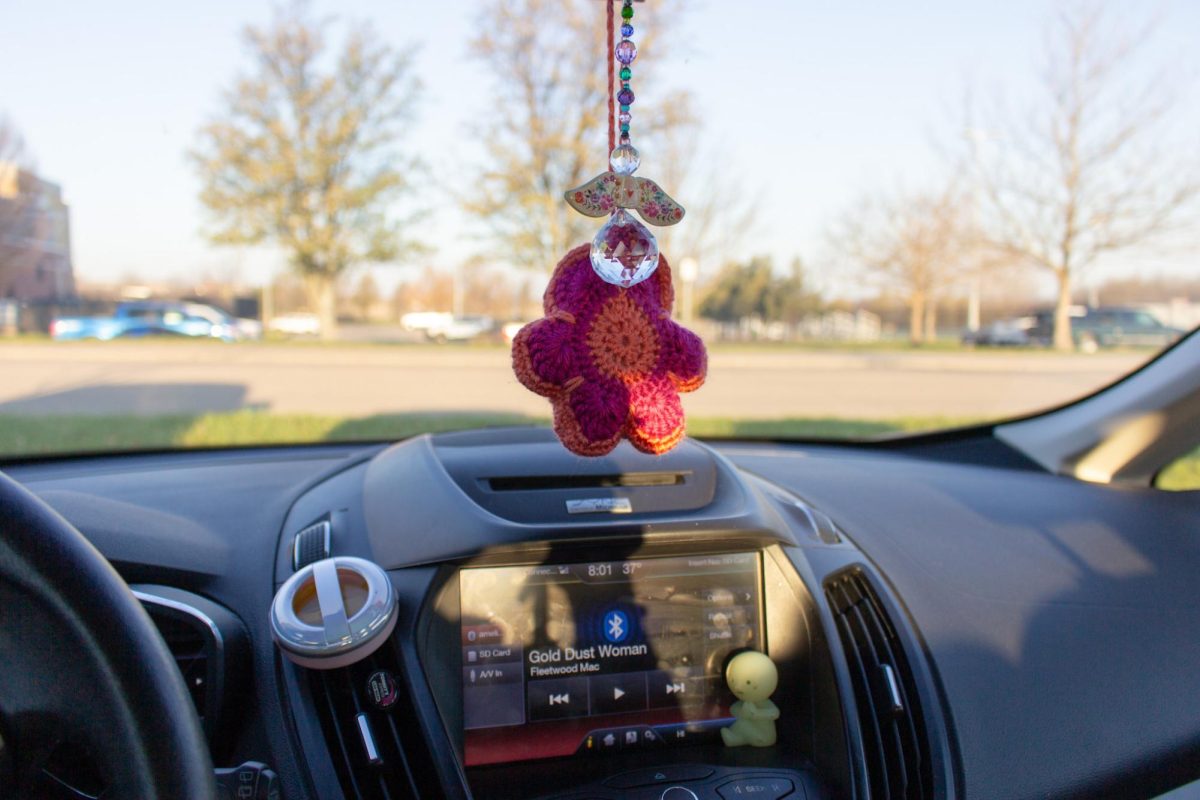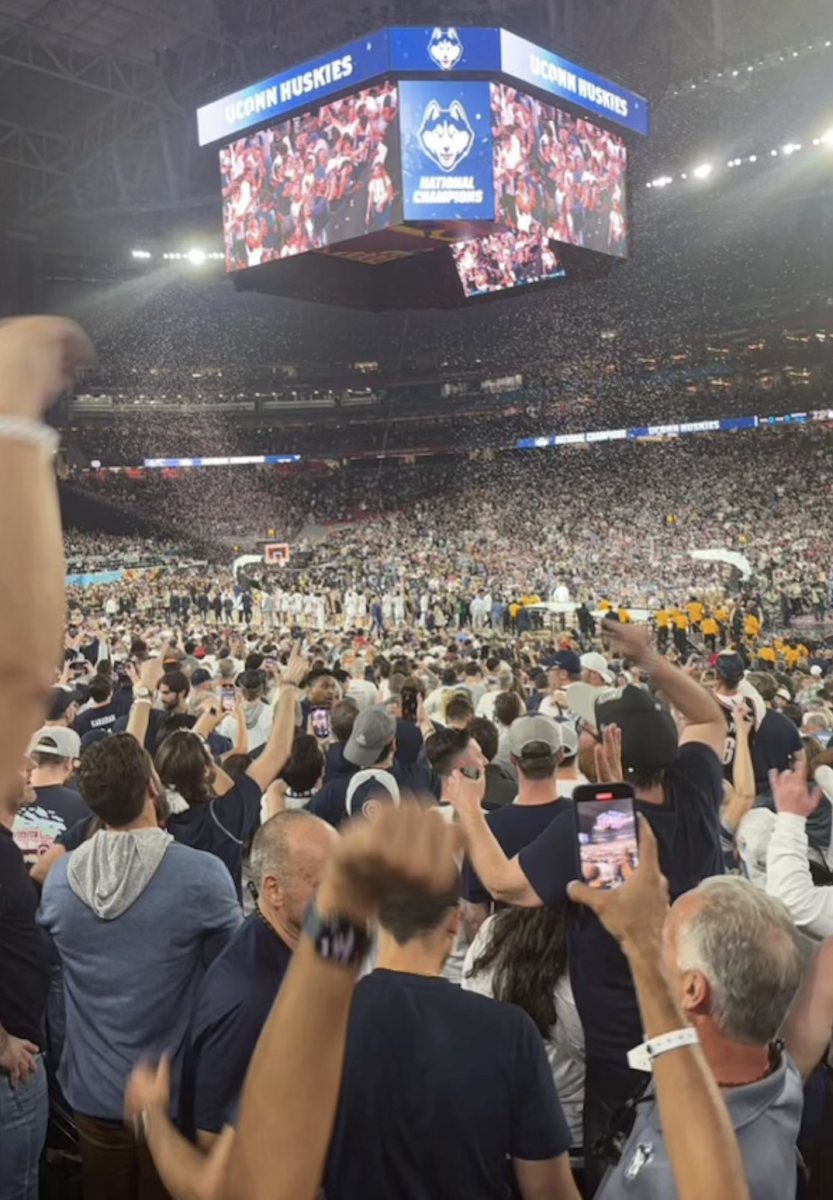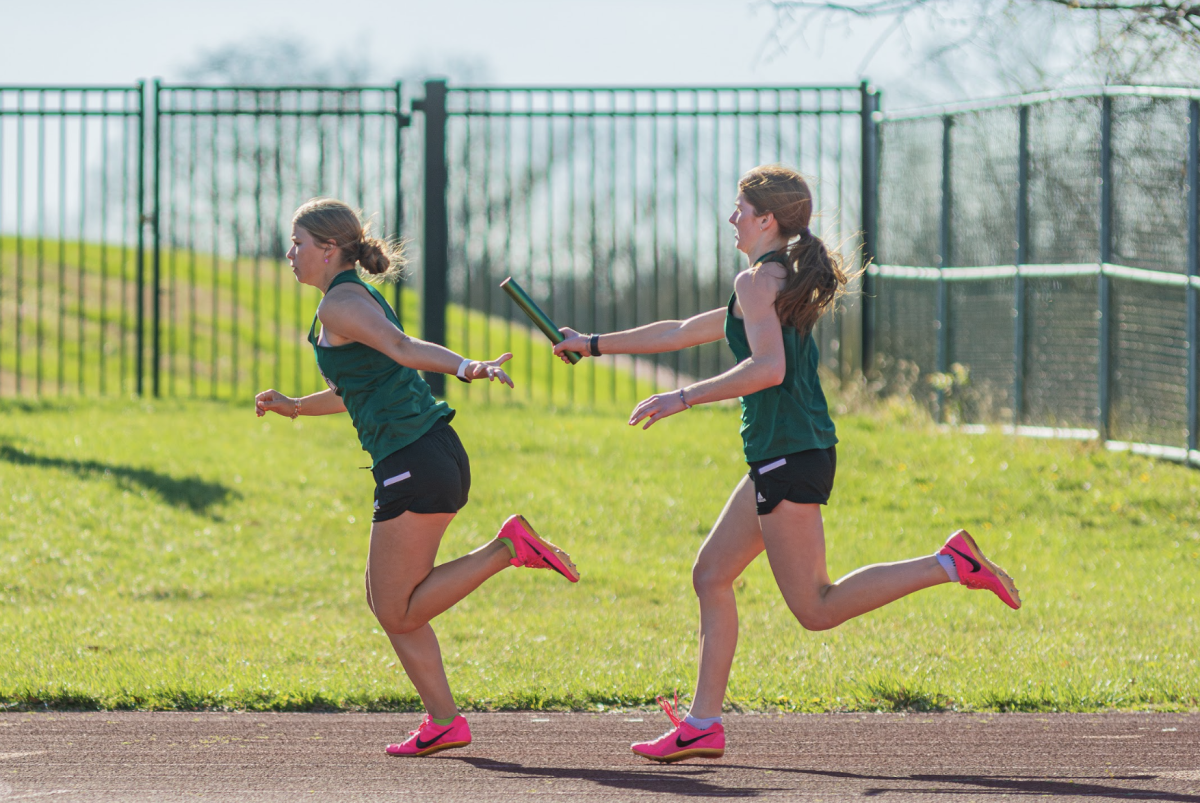When math teacher Danira Flores sees cell phones glowing on her classroom desks, she doesn’t confiscate them. In fact, she encourages them. That’s because she knows her Algebra and Pre-Calculus students aren’t zoning out on Pinterest or Ruzzle: instead, they’re using their apps to check their homework, answer her questions and brush up on the angles of the unit circle.
Flores is one of seven teachers in the Lawrence Public Schools who have volunteered to pilot an innovative system of teaching called “blended learning,” which combines traditional methods of instruction with new methods that incorporate modern technology, tailoring teaching methods to individual students’ learning styles.
“The kids like it,” Flores said after her second week of the program. “My Algebra I students feel it’s easier. My Pre-Calculus students feel like they like the sense of independence they have.”
Modern Methods
The math department isn’t the only area of the school accelerating into the 21st century. Using fancy iPads, techy laptops and Kindles, and even their iPhones and smartphones, students across many subjects are learning their curriculums in much the same way that they entertain themselves online and connect with friends over social media.
In the English department, teacher Carol Spring and program leader Kim Young have worked together to utilize the iLit server, a contemporary iPad app that allows students to read novels and document notes in a virtual journal to boost literacy. Spring uses the tool for her Literacy Workshop class, where students can enhance their literary skills by reading everything from basic passages to complex novels.
“[iLit] is engaging and has over 300 titles to choose from, so everyone can participate,” Spring said.
While the iLit program is rather new, Spring says students are getting used to the learning tool.
“For Lit Workshop, we use the iPads daily, so students are used to the drill and know what to do,” Spring said. “I think the newness has worn off.”
As more and more novels—some of which were originally written on typewriters or papyrus—appear in digital form, the possibility exists that paper and pencil may soon become obsolete.
However, in Flores’ math classes, students still take their own handwritten notes over every chapter using the Cornell note-taking system, which makes room for notes, key points, questions and summaries. But after that, almost everything they need to know is stored electronically on Flores’ website and other online resources.
“[My website is] interactive,” Flores said. “If you click on that date, it brings up your lesson. This is what we’re covering. These videos teach you how to do it. These are the questions that are essential. These are the problems you should work on.”
Cooperation and Independence
When students come to class, they can choose whether they want to work on their notes, complete homework, do group work, watch videos (such as Khan Academy’s) or listen to Flores lecture.
Her classroom is set up to accommodate all of blended learning’s varied activities: a traditional lecture-style desk arrangement faces a wall that’s half-whiteboard and half-Smartboard (a touch-screen device that acts as both a computer and a whiteboard); roundtables dot the center of the room, perfect for students who want to work independently with laptops; and kidney-shaped desks that seat five students at a time surround big-screen televisions, where students can gather to work in groups.
“They get to choose how their class goes,” Flores said. “They can decide to go home, read, take notes, watch videos and take notes, and come to class to do the practice problems, or they can choose to read and watch videos in class and go home to do the practice problems. That’s their choice.”
Students can also choose when they want to listen to Flores lectures and when they want to teach themselves independently.
A few times a week, Flores tells her students, “I will lecture today. If you want to listen to my lecture, join me over there. If you don’t want to listen to my lecture, because you’re a little ahead or your learning mode is better plugged in and watching videos, then you choose.”
Senior Addison McCauley, one of Flores’ Pre-Calculus students, says that though he wasn’t too keen on the program when it was first introduced at the beginning of this semester, it has made his notes more neat and organized.
“Initially I was pretty upset about it, honestly,” he said, “because I’m a senior, so I’ve been taking notes the same way for years.”
Now, though, McCauley could be called a convert. He has four apps on his phone that he uses exclusively for his math class. The one he uses most often, called Canvas, is the software Flores uses to make her website interactive.
“That is the app he’s constantly going through on his phone to see, ‘Okay, what am I doing today?’” Flores said.
Another important app is Socrative, which allows students to enter answers to questions Flores asks in class into their phones or computers. These answers then appear automatically on the Smartboard.
Thanks to Socrative, Flores has seen a rise in classroom participation.
“I remember teaching in the traditional way and asking a question, and no one answering—or the exact same person answering over and over again,” she said. “…[Now,] if I have a question and they won’t answer, then I’ll say, ‘Let’s log into Socrative,’ and when I ask my questions, they’re all typing into their cell phones or laptops.”
A Spreading System
Blended learning is one of many technological initiatives that will appear on the April 2 ballot for the 2013 school board elections, included in a $92.5 million bond issue that combines improvements for school facilities ($80.5 million), career and technical education ($5.7 million), and technology ($6.5 million).
School board member Shannon Kimball explains that funding for technology comes from multiple sources. With the school now possessing 30 iPads, the iLit app is one of many changes the district hopes to put to use.
“These varied resources include student funds (paid by students during enrollment) and district funds (general fund dollars to support staff and students, which come to the district from the state),” Kimball said in an email. “Capital outlay funds (local property tax dollars collected through a mill levy set by the board of education each year) are among the sources as well.”
The bond will not require a tax hike: when current bonds expire this year, the district hopes to use that money toward the new $92.5 million bond instead of lowering taxes, thus maintaining the financial status quo.
According to Kimball, the district aims to use this money “to meet the demands of a 21st century learning environment.”
If blended learning ends up spreading from Lawrence’s seven trial classrooms, Flores predicts the technological transformation will be gradual.
“I believe that the education system is moving in that direction,” she said. “However, as the change starts going I think individual teachers are going to have to decide what kind of changes they can do at this time. It’s a huge learning curve…[B]ut I think it deserves a fair trial.”
2013 and Beyond
Senior Meg Russell transferred to Free State this semester from a paperless school in Charlottesville, Va. that had already taken its own 21st-century learning plan far past the “fair trial” stage.
“We had tablets, and they were loaded with software where you could only go to where the teacher wanted you to go,” Russell said. “It took up a lot of time, and every class had to find some way to use to them. Even the band teacher had to use them.”
Of course, the school had to deal with its fair share of technological glitches. Many students brought their own laptops to school if they could afford to do so.
“The tablets were pretty bad, and kids who didn’t have money had to use them,” Russell said. “They were slow and didn’t work a lot of the time.”
Unlike at Russell’s old school, the future of band class here at Free State will not revolve around tablets. On the other hand, methods of taking a math quiz and turning in homework may change in coming years.
Flores’ Pre-Calculus classes took their first quiz on Canvas on Jan. 22. The program automatically calculated the number of students who came up with a particular answer, and Flores began class on Jan. 23 by going over the automated bar graphs to work through widespread mistakes with the class.
Though taking the plunge into the district’s test drive of blended learning has taken a tremendous amount of her time, Flores says it will be worth it in the long run.
“From a teacher’s perspective, I love it,” she said. “I have watched my students do more work than they have in the past, collaborate, ask questions—they seem more engaged in the lessons.”
The school district will be watching these developments closely to determine its next step in the ever-evolving Information Age.


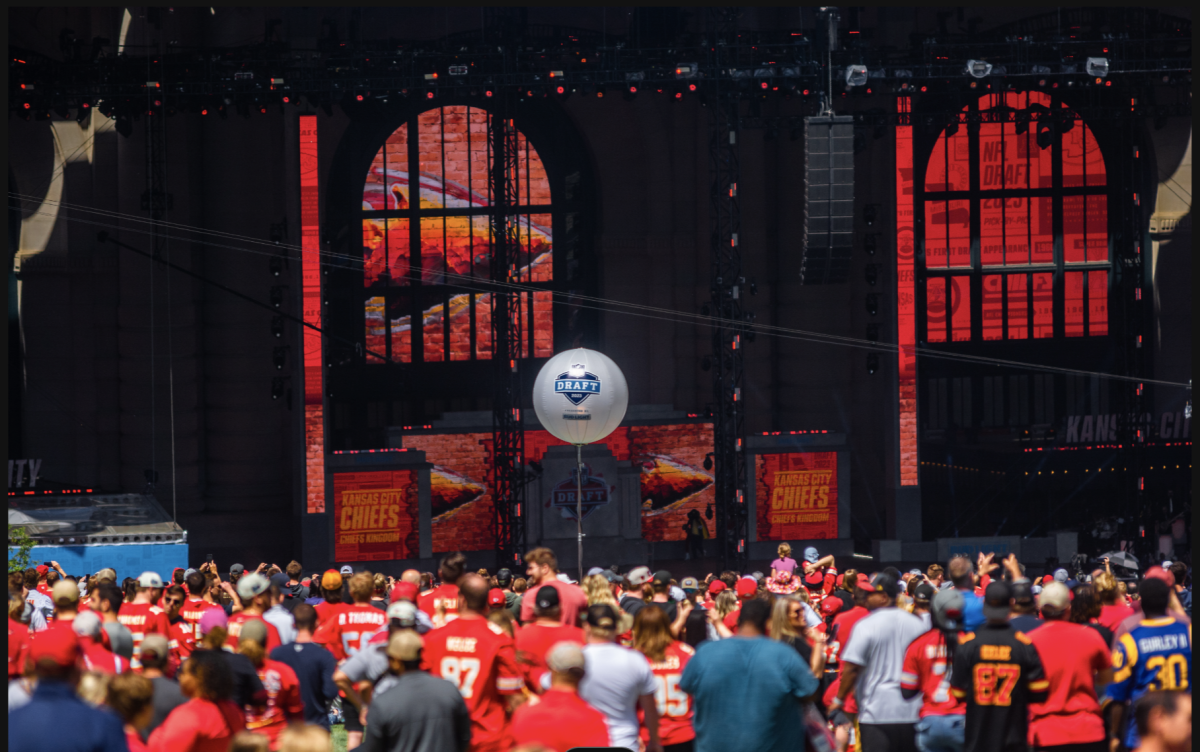
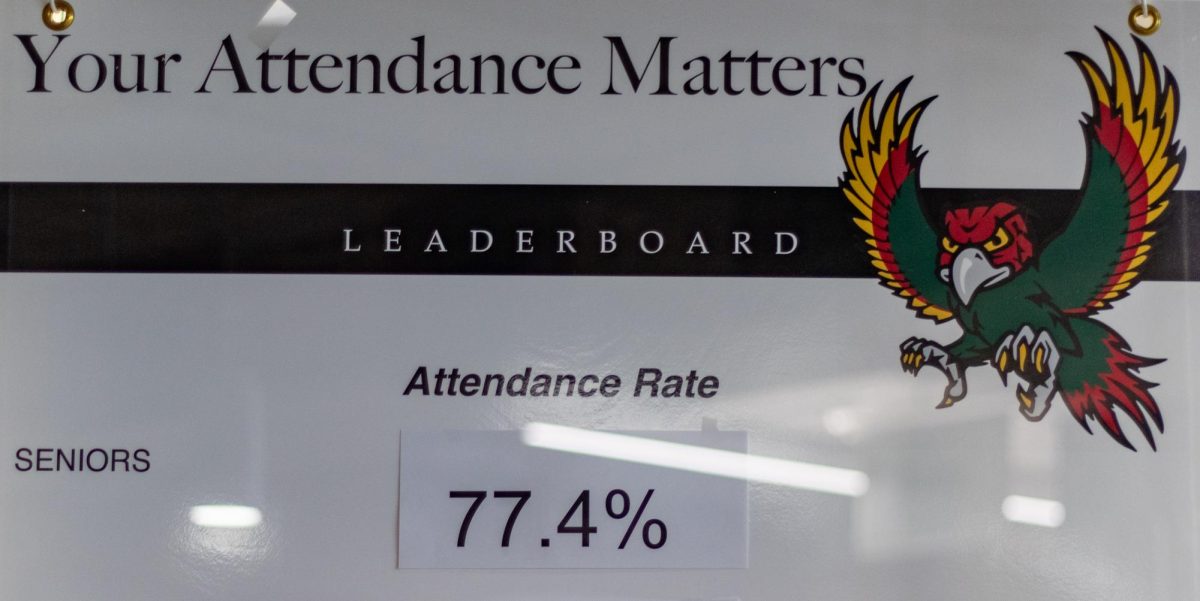
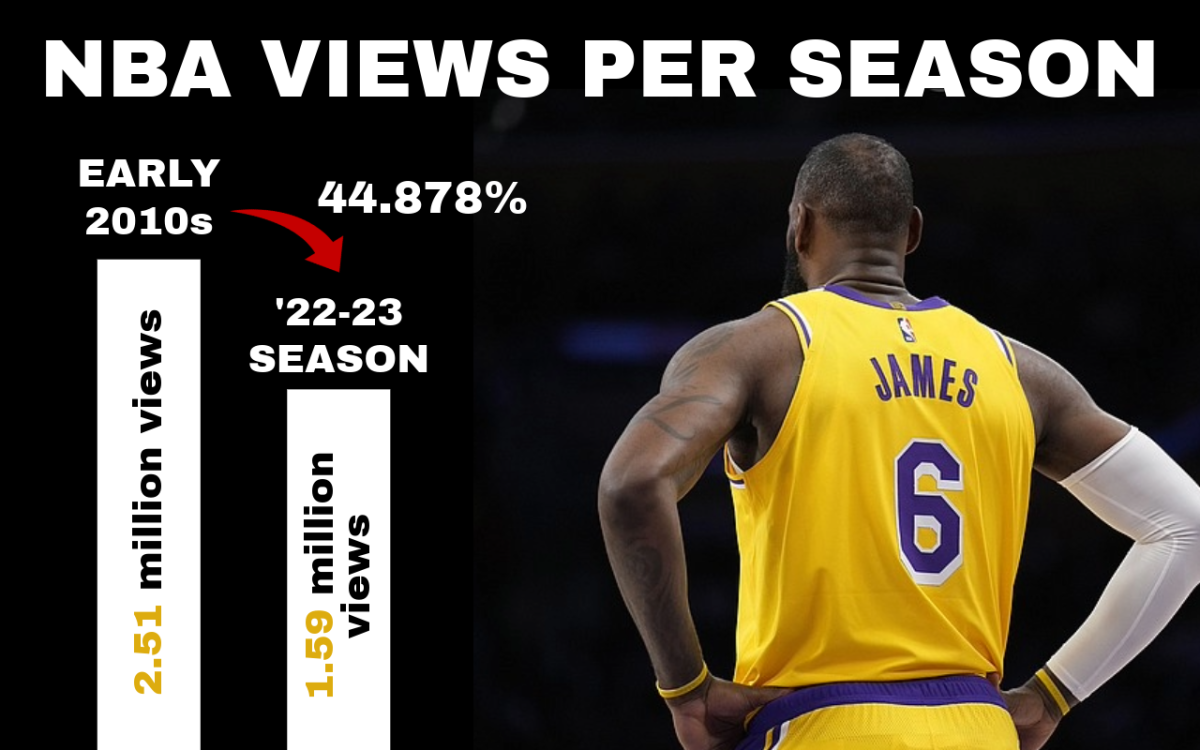

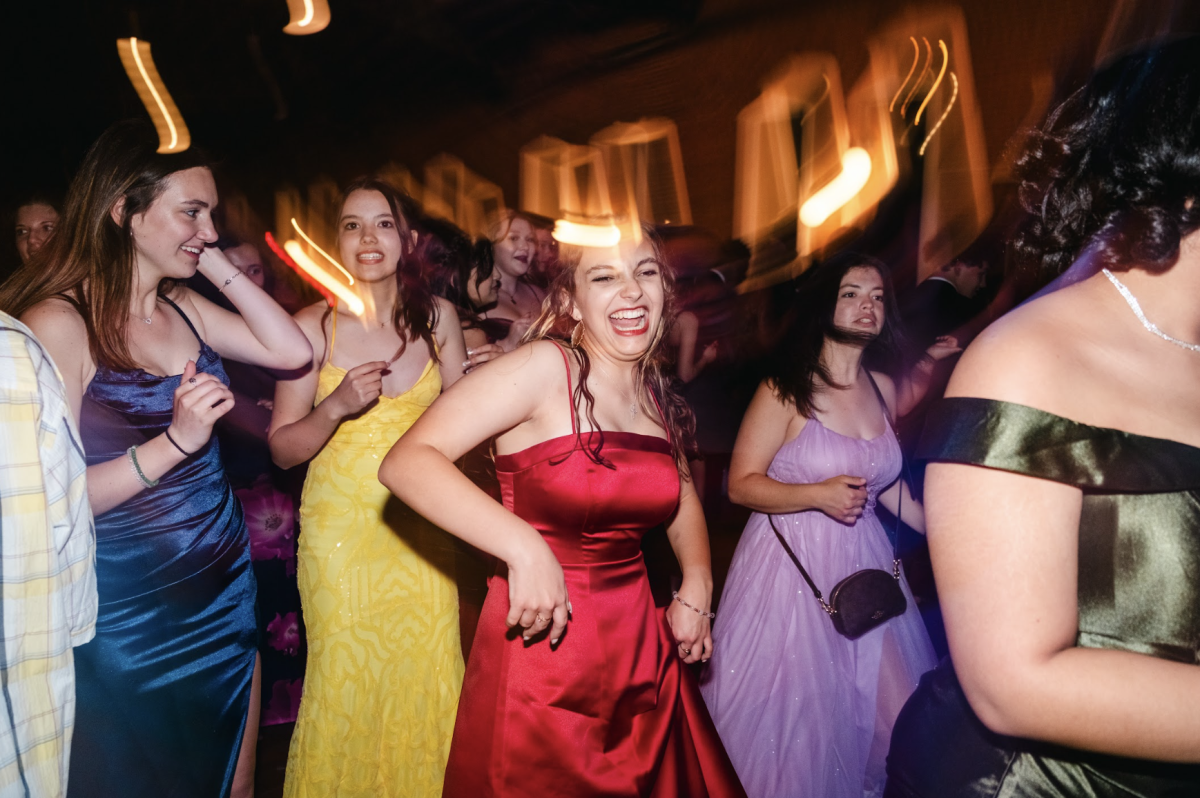


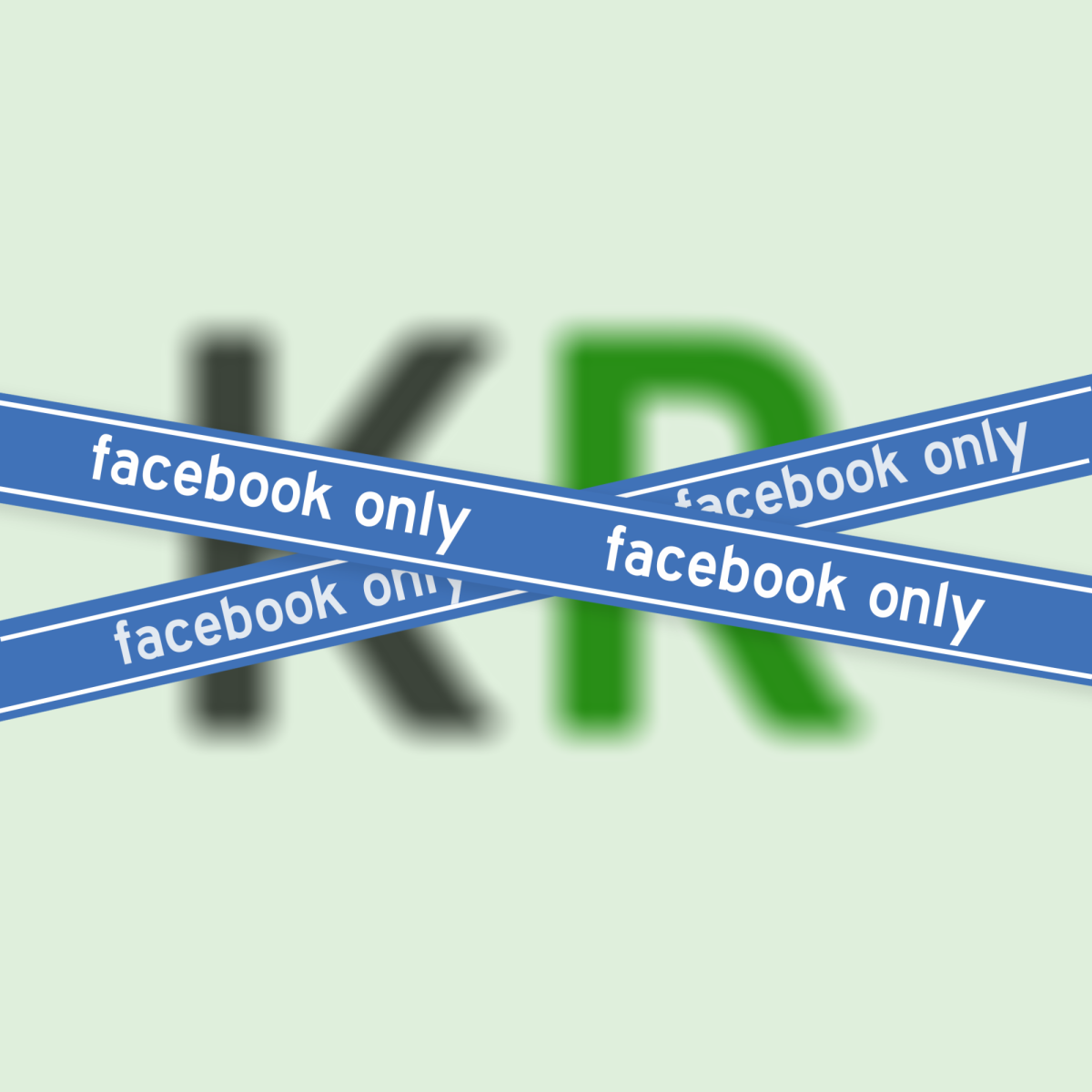

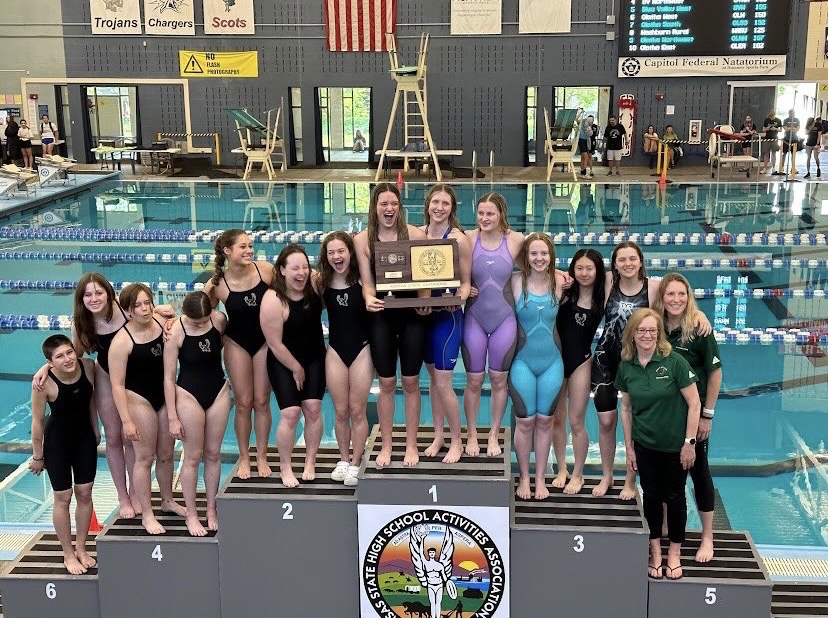
![After receiving advice from her students, orchestra director Judy Erpelding marks her music. Although the director normally makes the artistic decisions, Erpelding will often consult her students and hear their opinions on what sounds good and what they should try out. “[The students] are the heart of the program, not me,” Erpelding said. “I know they will carry that on and I will miss them. Making great music with them, being able to challenge them, taking their inspiration.”](https://www.fsfreepressonline.com/wp-content/uploads/2023/05/Roust_Erpelding_5_11_23-600x900.jpg)
